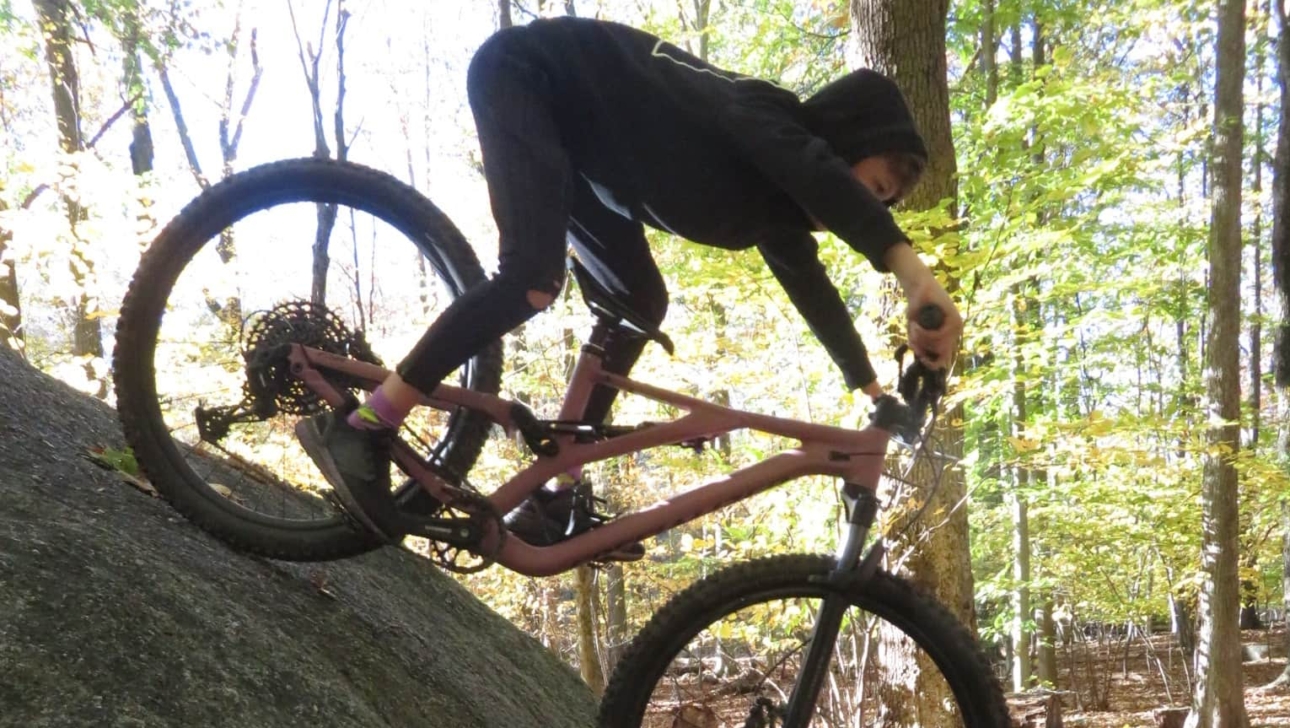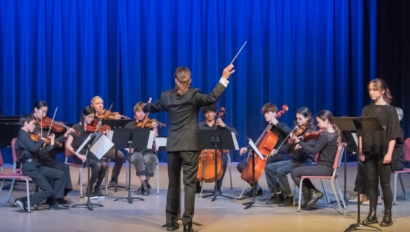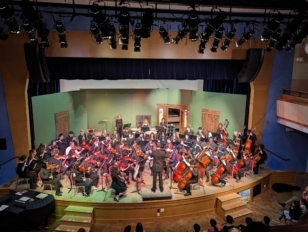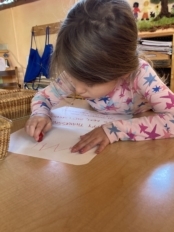Nimble. Able. Seamless. At only thirteen, he maneuvers over roots, gentle downhills, piles of leaves and logs. And now he’s there, at the top of the hill. He can feel the rush of excitement building: his favorite part. He lowers his body to achieve the right balance and speed and he can feel it: the ideal grip. The wind in his hair and his eyes twinkling with the unmistakable feeling of crisp early autumn. Once, twice, and thrice he pushes the pedals, leans forward ever so slightly, and at the precise moment whips his body in a backward motion to get there: a perfect downhill wheelie. This time he makes it all the way past the crooked tree, beating his personal best by a few feet: bliss. He smiles with abandon, proud to feel one with the bike: they move in perfect harmony. A forever memory of sense perceptions places itself within, where he will always be able to access it, where the things that are truly whole reside. A fully integrated experience that belongs to him and to which he belongs in equal measure. This kid embodies the science of riding a bike -to a T-.
To understand phenomena in such a way that the outcome is a sense of belonging, of completeness.
Yes. To ride a bike is indeed a science. And to be able to learn sciences just like riding a bike is one of the tasks in Waldorf education. Not from the outside, but from within. To understand phenomena in such a way that the outcome is a sense of belonging, of completeness. At Green Meadow, the study of science begins in the Early Childhood playground, it progresses through the grades with ample time to play outside, where our students plunge themselves wholeheartedly into the laws of time and space. The sciences are studied through immersive experiences of all kinds: jumping, singing, playing an instrument, swinging, dancing, weighing, farming, building, observing, painting, describing, and engaging in purposeful work. The list is endless.
But how? After having truly lived fully into them, each of these experiences are one day brought up by a teacher; they are studied, observed, remembered, sketched, and the students are invited to ponder -from their own experience and observations- what the laws that govern the many wholesome explorations they have been participating in for years are. Formulae, calculations, measurements, experiments, and deeper observations, are a welcome addition in Middle School and High School, where knowledge comes together meaningfully and in a completely new and wholesome way.
Science and life are one, and our students can often ponder upon the lawfulness of physics (or math, or chemistry) through evoking memories, sensory experiences that live within, that are absolutely familiar, and that in turn make sense to them. Questions are therefore welcome and explored, rather than avoided, because they are part of what matters to us as human beings in constant becoming.
To learn in this way generates true knowledge; a kind of knowledge that is part of a whole, a unity to which the child belongs inherently.
Our cyclist will have no trouble understanding the interplay of forces in simple machines in seventh grade, because he can relate to them by closing his eyes and recreating the ride. He will be able to answer -from experience- what a lever, pulley, and wheel-and-axle are and how they work, and what joy they can bring to a young human being when working in harmony while riding a bike! The same is true when our students study Acoustics after having played instruments and sung music for years, or when they immerse in the lawfulness of color after having experienced drawing and painting throughout their whole schooling at Green Meadow. To learn in this way generates true knowledge; a kind of knowledge that is part of a whole, a unity to which the child belongs inherently. To learn science in this manner, is to truly learn about oneself and the world at large from within. It is a thorough study of what it means to be human.



